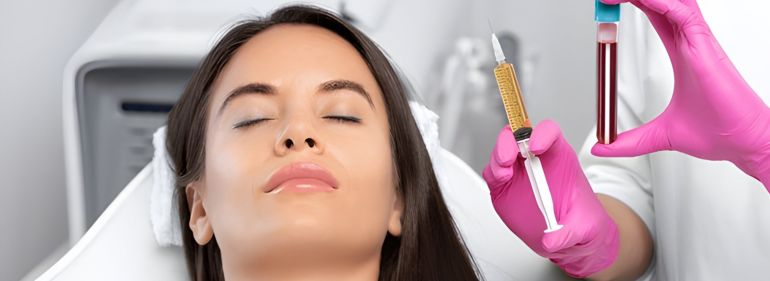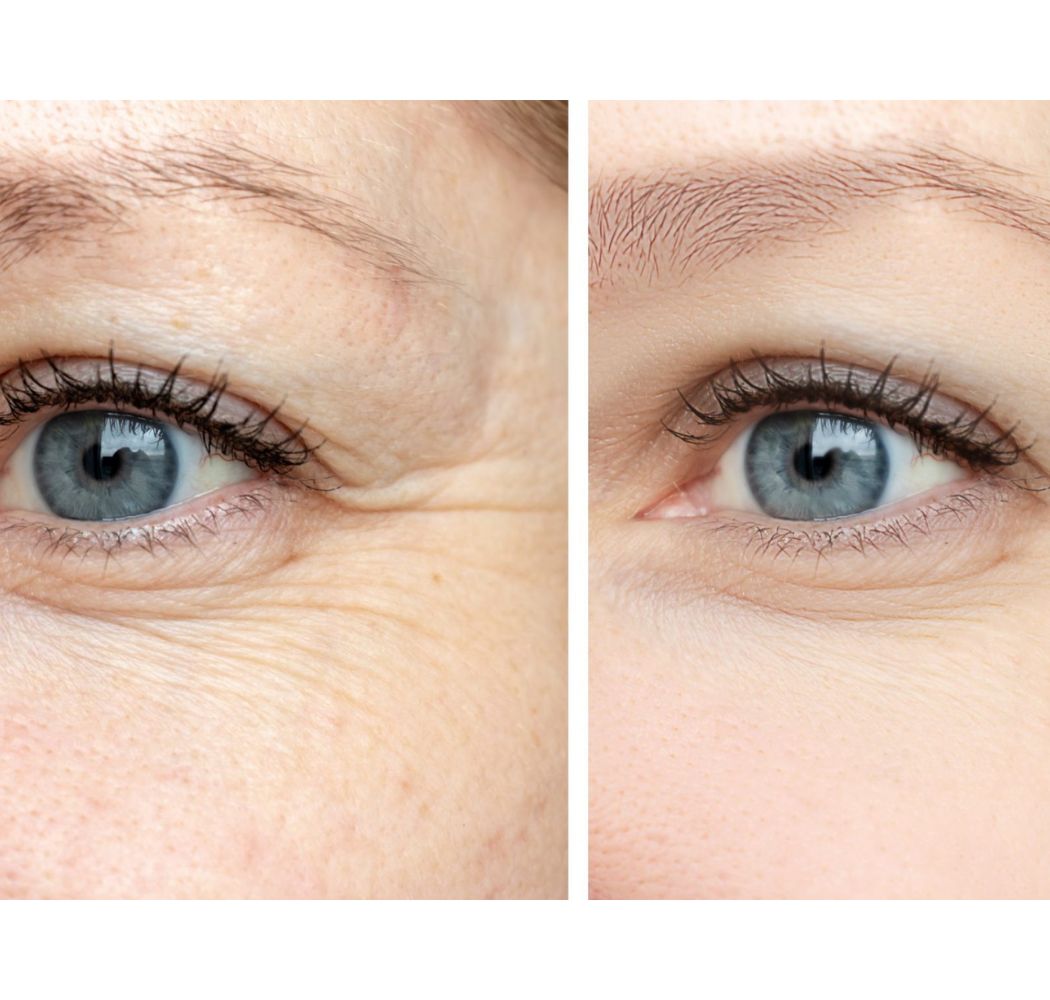- Prity Skincare Clinic
- Platelet Rich Plasma (PRP) Face
Platelet Rich Plasma (PRP) Face

Platelet Rich Plasma (PRP) Face Treatment
A Platelet Rich Plasma (PRP) face treatment, also known as a Vampire facial, is an advanced skin treatment which is great for skin rejuvenation. It’s a treatment which uses your own blood platelets to stimulate new cell growth, helping to improve your complexion and skin texture.
PRP is an established injection therapy to enhance tissue regeneration. PRP therapy is an excellent treatment that uses a small amount of your own blood to stimulate the production of collagen and new skin ce
PRP Face Treatment

Consultation
In your initial consultation we will discuss your desired results with you and advise the number of treatments accordingly.
Price: Start From £250 Per Treatment
PRP face therapy are skincare treatments that have rapidly swept the beauty industry, becoming many people’s go-to procedure for a quick and lasting beauty pick-me-up.
PRP stands for Platelet Rich Plasma: a natural resource which can be extracted from the blood and used for topical cell regeneration. PRP facials make use of these naturally occurring healing properties to bring back youth and radiance to the face.
PRP face treatment are replenishing, nutrient-rich treatments, designed to make use of the body’s own natural resources and incredible capacity for healing. Using absolutely no artificial materials whatsoever, PRP face treatment are fantastic for both subdermal tissue repair, and surface concerns such as crow’s feet, dark circles, sun damage, acne scarring and obtrusive pores.
- PRP face treatment uses your own natural resources, minimising the risk of side effects and allergic reactions.
- Natural collagen production typically reduces or eliminates lines, folds and wrinkles in a gentle process with little or no swelling, bruising or lumping.
- The organic nature of the procedure is ideal for those who wish to avoid synthetic products and processes.
- PRP therapy is non-gender-specific, so both men and women are able to benefit and enjoy a natural, more youthful look.
- PRP face treatment require no surgical interventions.
- The improvement to the skin’s appearance after PRP treatment is subtle and natural, with lasting results.
- We will take a sample of blood, the average sample size of a routine blood test.
- The blood is then placed in a centrifuge for a few minutes and spun at high speed.
- A sterile syringe is used to withdraw only the PRP (platelet rich plasma) from the sample.
- The plasma and serum are extracted and then re-injected back into the client’s skin, which has previously been cleansed numbed using topical anaesthetic.
The whole procedure only involves needle injections to the desired areas, requires virtually no healing time and also reduces possible side effects to a minimum.
There is some minor discomfort and a very mild stinging sensation may be felt but these are done with a very fine needle to minimise any pain.
Side effects from PRP face treatment are very mild because it is unlikely that the body will have an adverse reaction to its own materials. At most, you may expect to experience mild to moderate swelling and/or redness or heat in the area of treatment, which are common side effects in the activation of your platelets.
In addition, because a volume of fluid is administered to the area, some bruising can occur and may take afew days to disappear.
Clients will usually feel the immediate effects of PRP therapy after it is performed and during the next few weeks the collagen will begin to grow and generate more and more healthy cells underneath the skin. That is when the optimum results of the procedure are felt.
Depending on the area treated, repeat treatments may be necessary to continue the desired effects. Facial rejuvenation procedures may require 1-3 treatments yearly, depending on the treatment.
Platelet rich plasma injections are an alternative to medications or surgery. Ideal candidates would be those who prefer a less invasive option to surgery or those who are unable to undergo a surgery or tolerate pain medication. It allows for a much quicker recovery period and is much less painful than a surgery.
PRP stimulates your own collagen to grow for total facial rejuvenation rather than individual area improvement. In contrast, hyaluronic acid fillers work by means of solid material that fill lines and skin folds in the face. These fillers are indicated to soften deeper lines such as the folds around the mouth area or to plump lips. They usually last from 6-18 months; repeated treatments are required to fill the area again.
PRP face treatment is more effective for volumising faces, plumping out cheek indentations, softening eye hollows, improve the overall tone, tightness, and texture of the skin, and filling in areas where hyaluronic acid fillers cannot reach or are not safe to use.
Prior to Treatment
To ensure that you receive the best possible results, preparation prior to treatment is a vital part of the process.
- Prepare skin with the recommended skincare regime.
- Avoid waxing or laser for 48 hours prior to treatment.
- If you are using any product/s containing vitamin A, glycolic (or any resurfacing ingredient) as a part of your skin care regime, you are advised to stop using these for seven days prior to treatment.
- Avoid anti-inflammatories (e.g. ibuprofen/aspirin) and also alcohol for 48 hours prior to treatment as this can increase the chance of bruising.
Aftercare
You will be provided with detailed aftercare information prior to leaving the salon after your PRP treatmen
Response and number of sessions may vary by client. Smokers may require more treatment sessions that non-smokers as tobacco smoke toxins may diminish cellular responsiveness to PRP.


